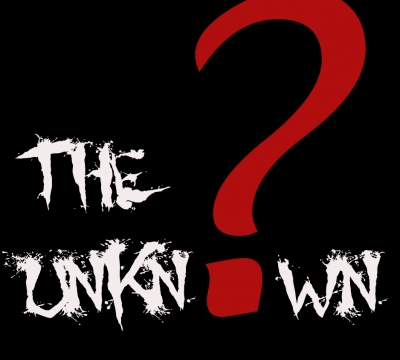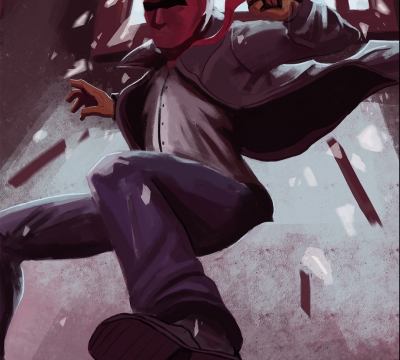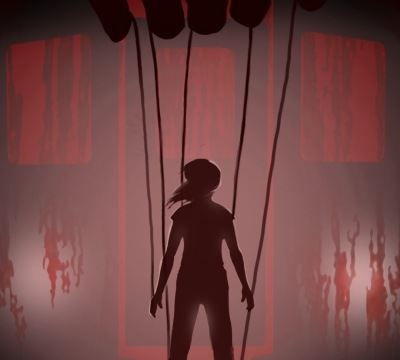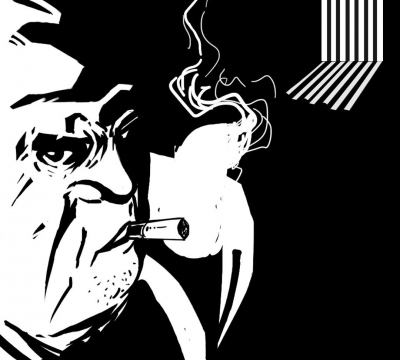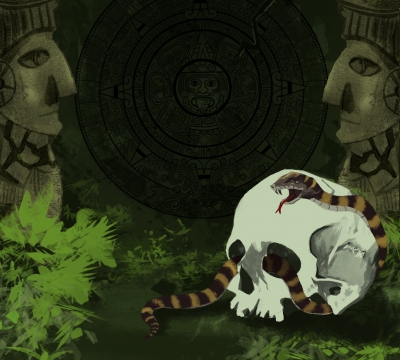Escape games by "Escape Games Canada" in Toronto
Ideas
Mission concepts can originate from unlikely places; helping your friends move, a video game we played, and even from a dream that one of our staff had the night before. Each mission is carefully discussed during our weekly development meeting to see if we can turn it into a reality. The excitement it gains from the rest of the team determines whether it goes into production next or gets slotted into our pipeline. The first step is all about concept, completely ignoring feasibility; every idea is possible. Then comes the stage of bringing these ideas to life. We try and find the best and coolest way to make even the craziest ideas buildable. Sometimes this requires compromise. However, most of the time, this drives creativity from constraints.
Room Design
No outsourcing here folks. We take the design process into our own hands with our very own designers. Every mission is carefully planned in a digital 3d layout. This allows us to make on-the-fly changes to suit the space and mission parameters (which may still yet to be determined). It also allows us to navigate a mission in virtual reality before it’s even built.
Props
Our machine shop is equipped with some of the latest tools which include a CNC machine, laser cutter, and a 3d printer. You may have even spotted some of our team members walking around the con floors as their favorite characters. Everything from painting and detailing to complex CAD components is all done right here in house. Couple this with our ties to the Canadian film industry and nothing is out of reach.
Intelligent Puzzles
A side-effect of building fully custom environments means we get to custom tailor our puzzles to ensure that they fit the theme, lighting conditions, and flow of the room. All of our puzzles are designed right here in our lobby by our team. Each puzzle gets inserted into a matrix which carefully predicts how fast groups will solve it, how much fun it might be, and the type of thinking it requires. Further, the puzzles have to flow into each other well. A room with a crazy hard puzzle right at the start is going to end up frustrating the players, as opposed to motivating them. Everything has to make sense, and achieving that is a feat in itself. Just remember when solving a puzzle, that a lot of thought and care went into it. If you’ve played our newer missions you would notice that they may seem “smarter”. Going forward the puzzle is also playing you, it may be timing you and recording the data, it may also change its difficulty if it thinks you’re too smart or struggling.





